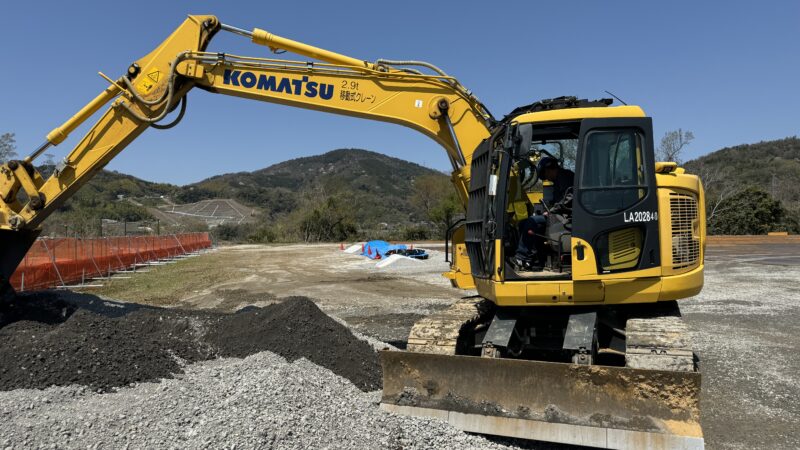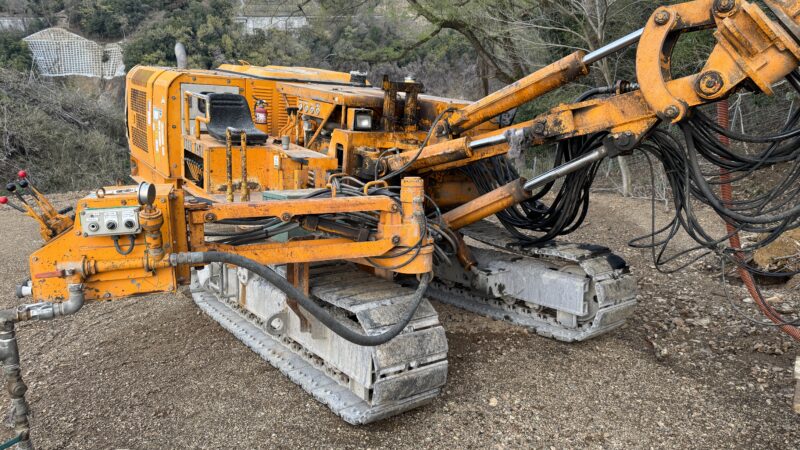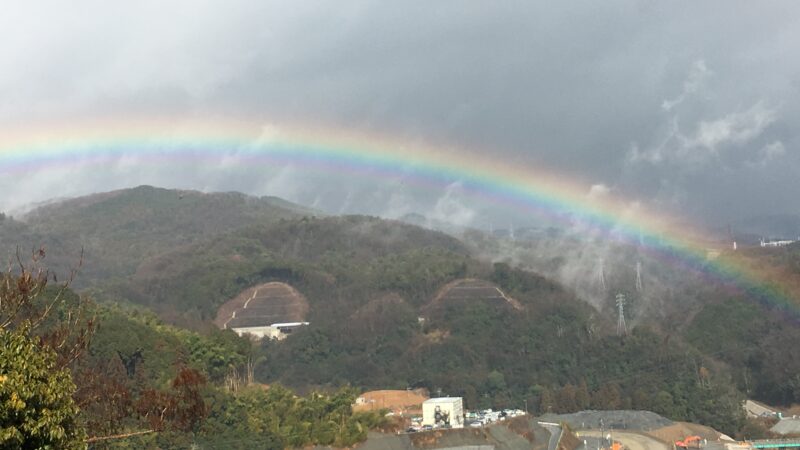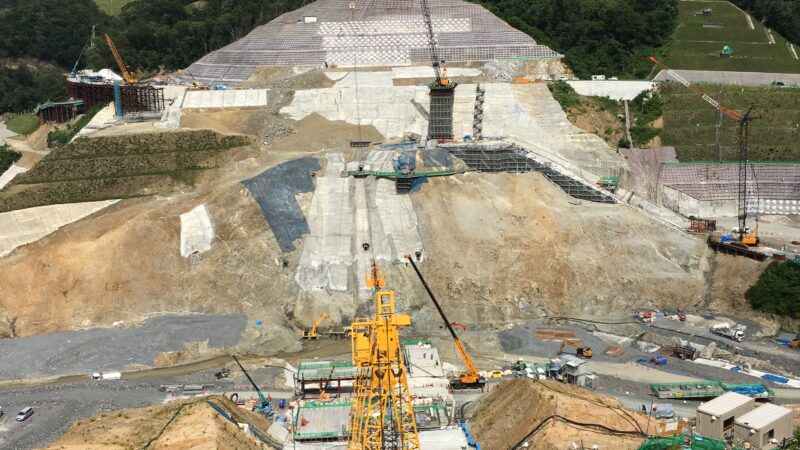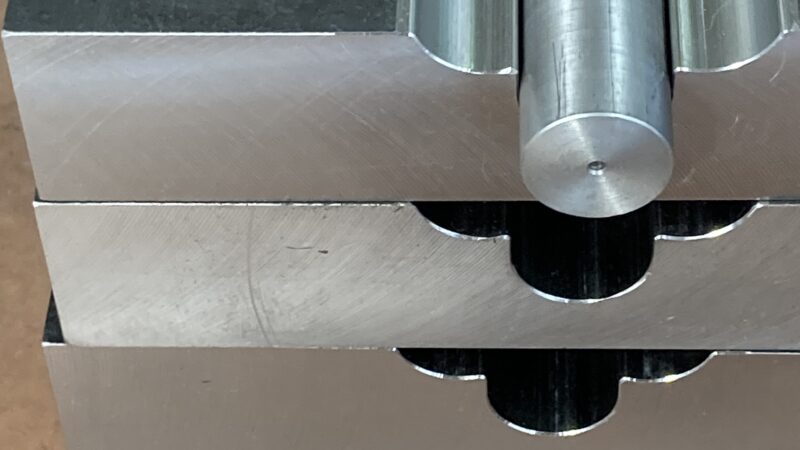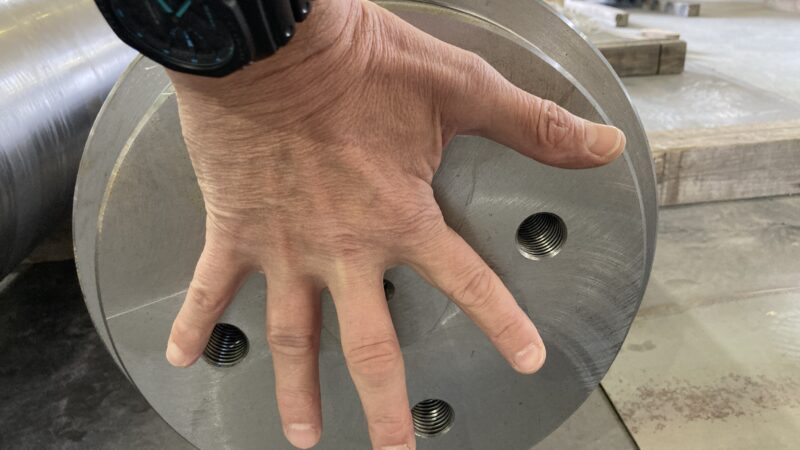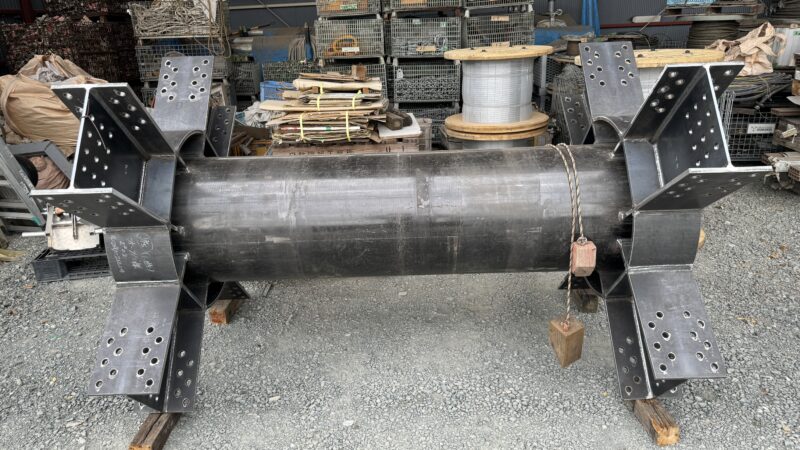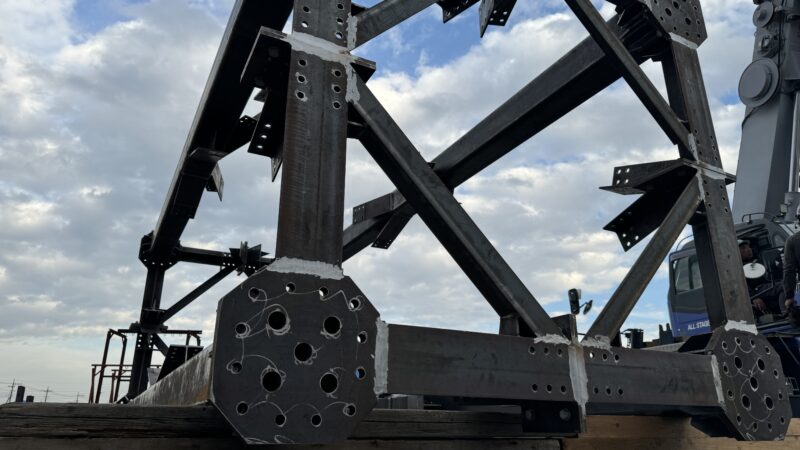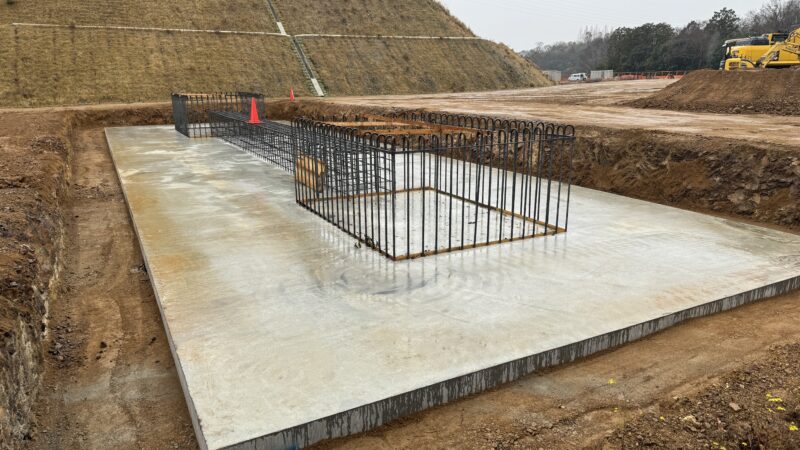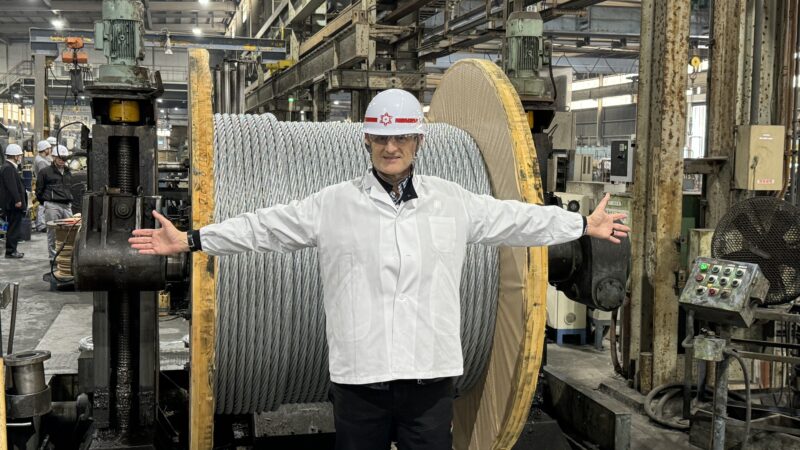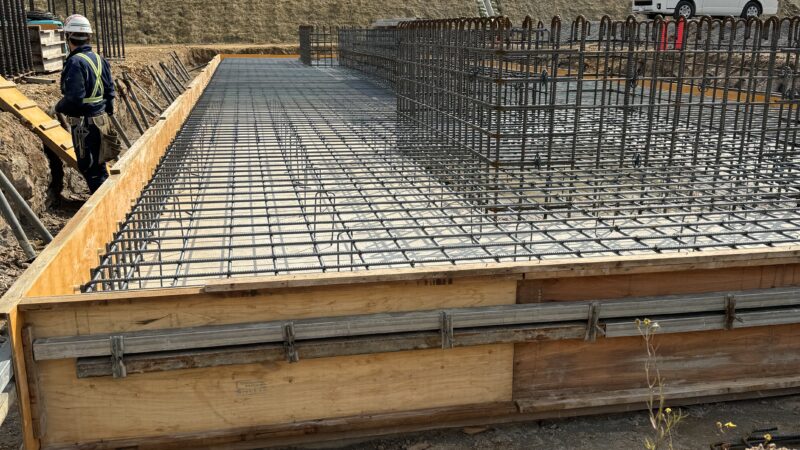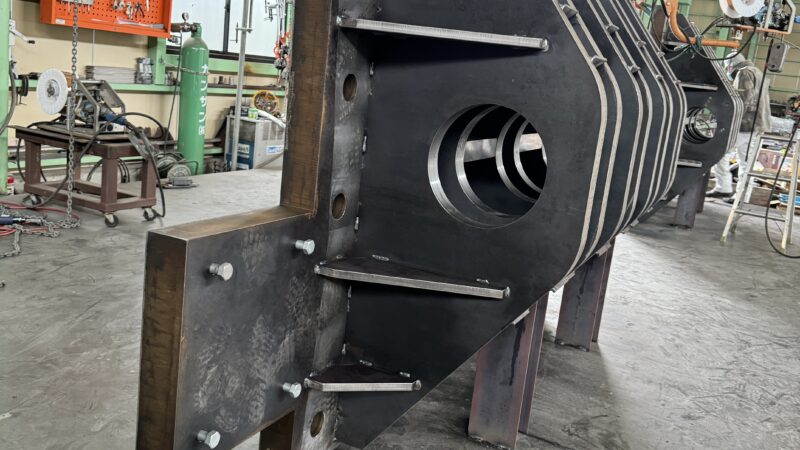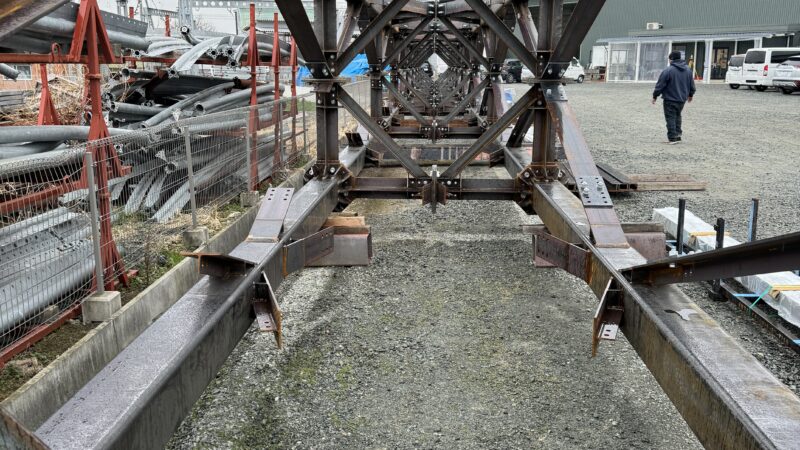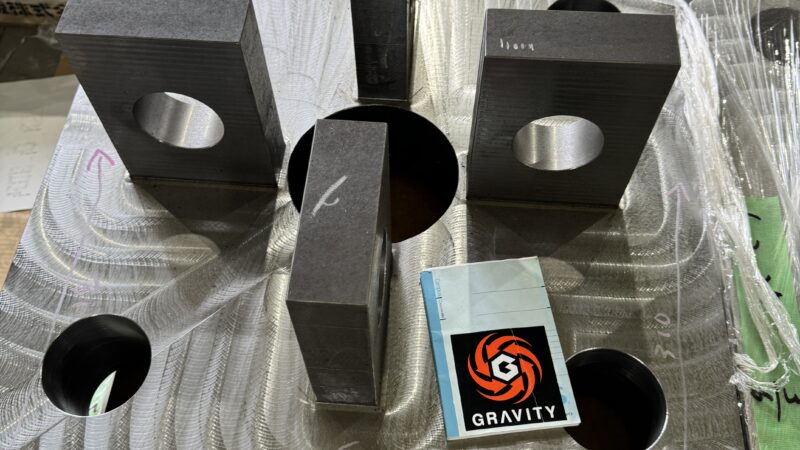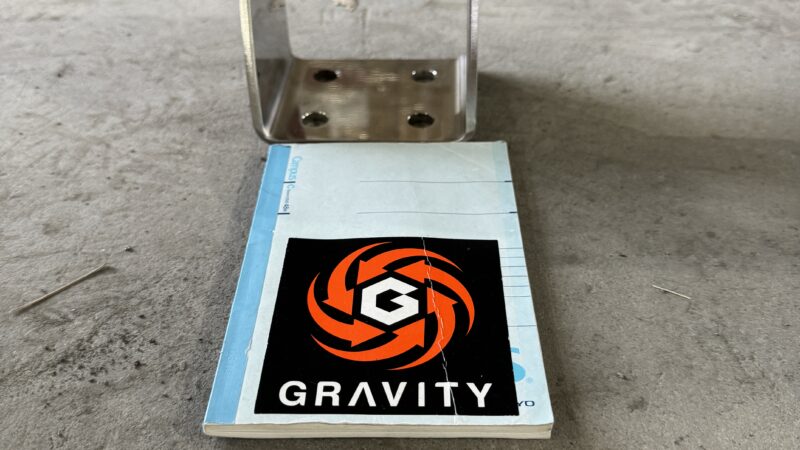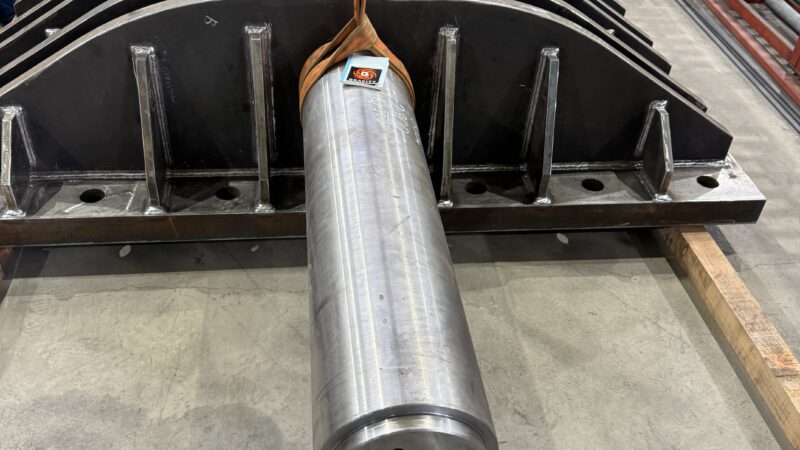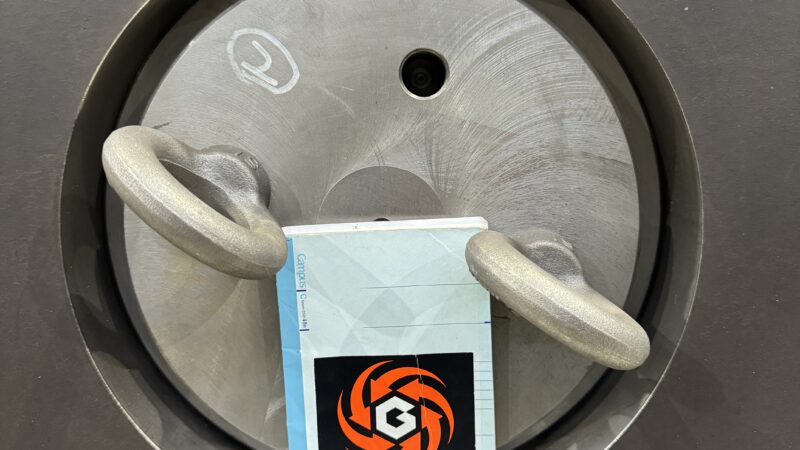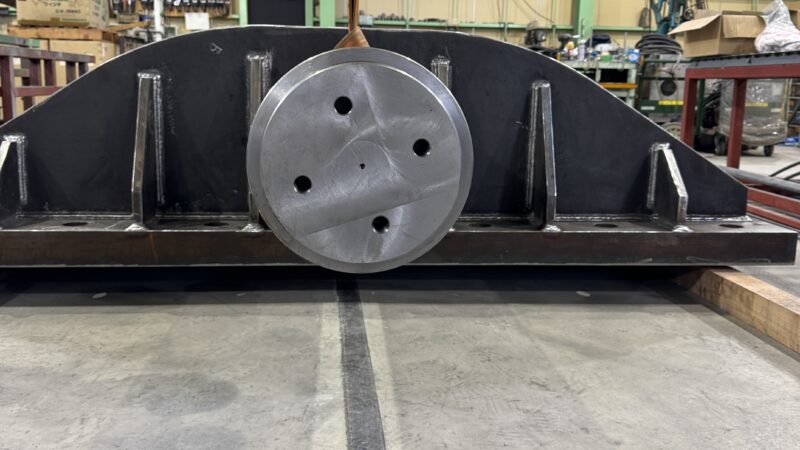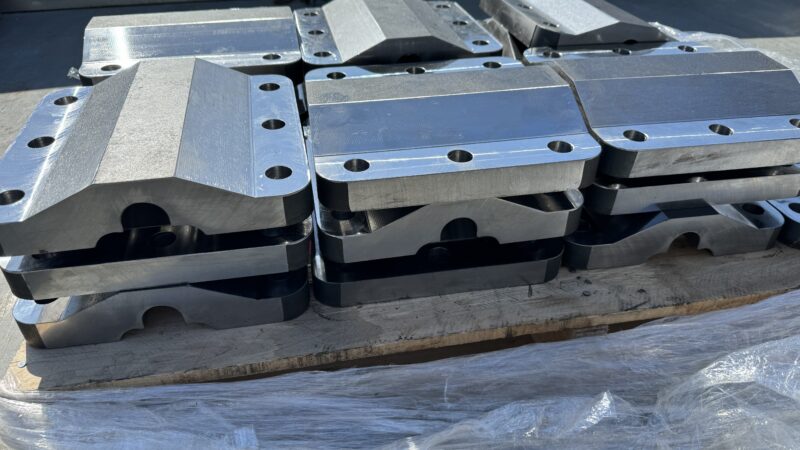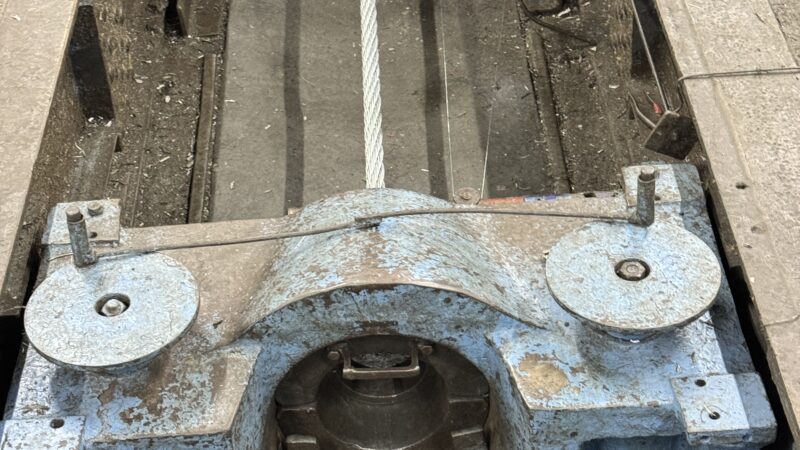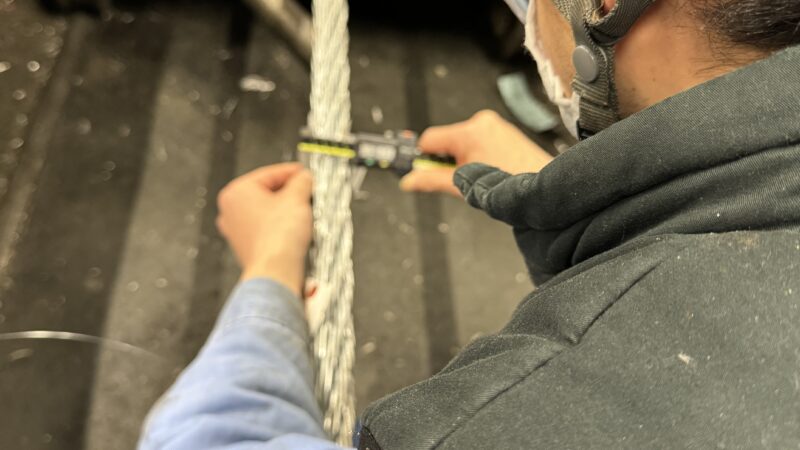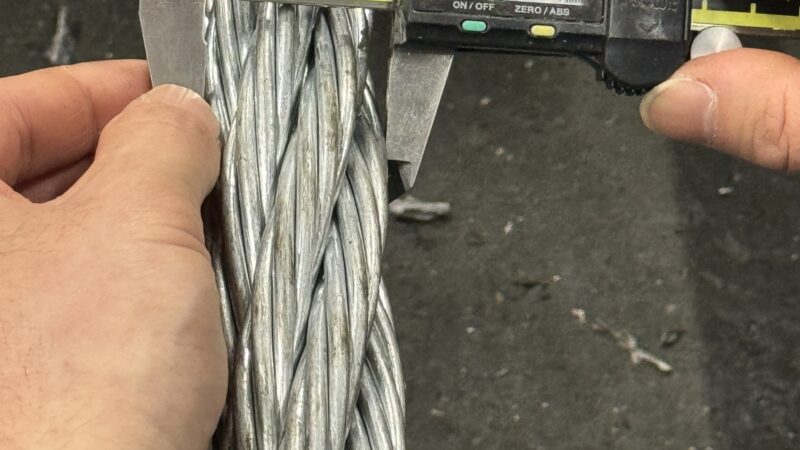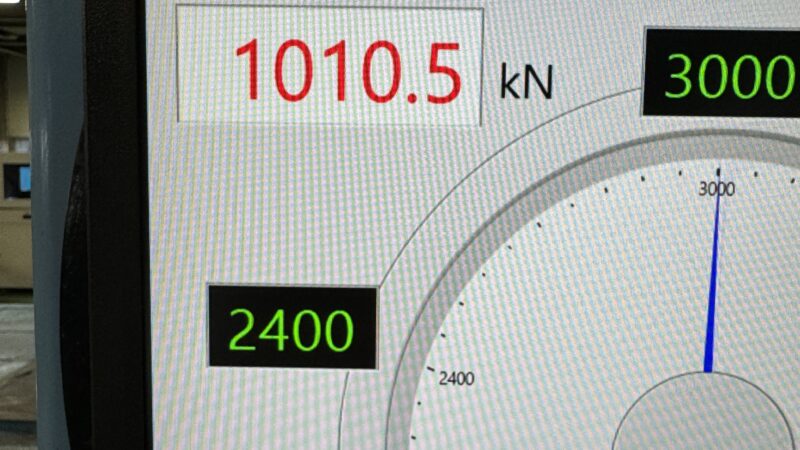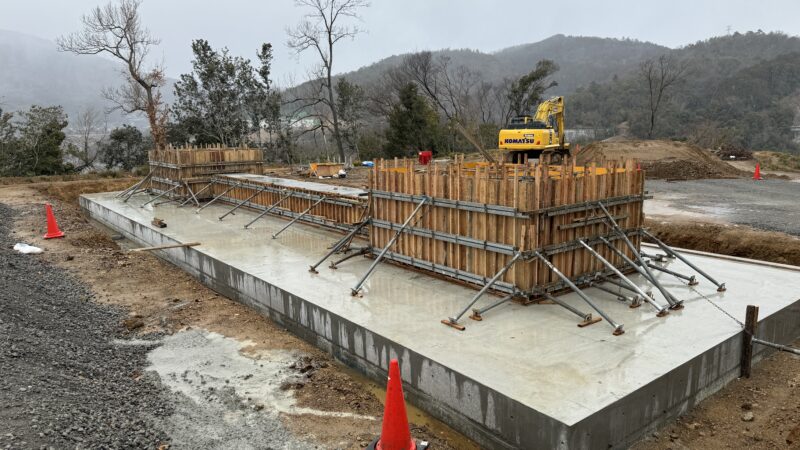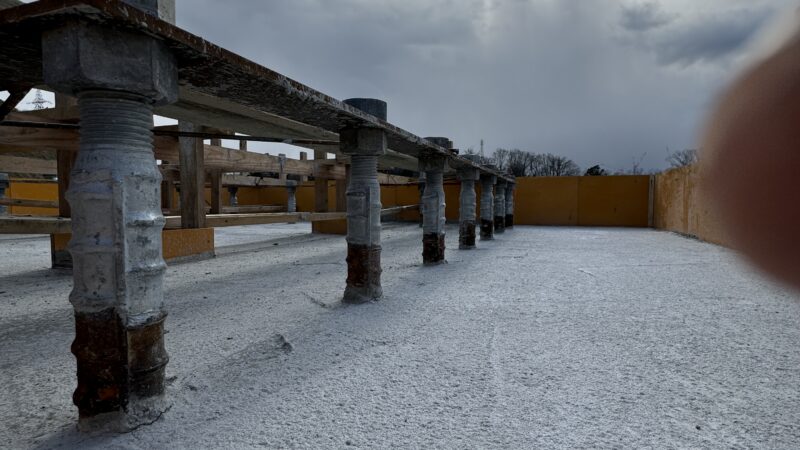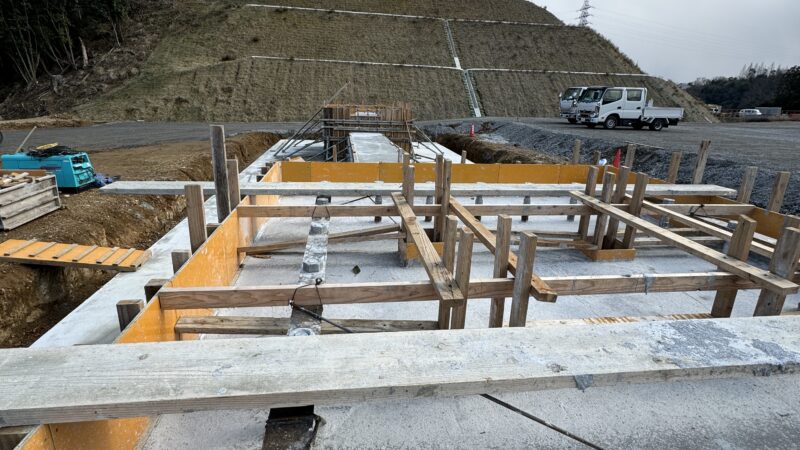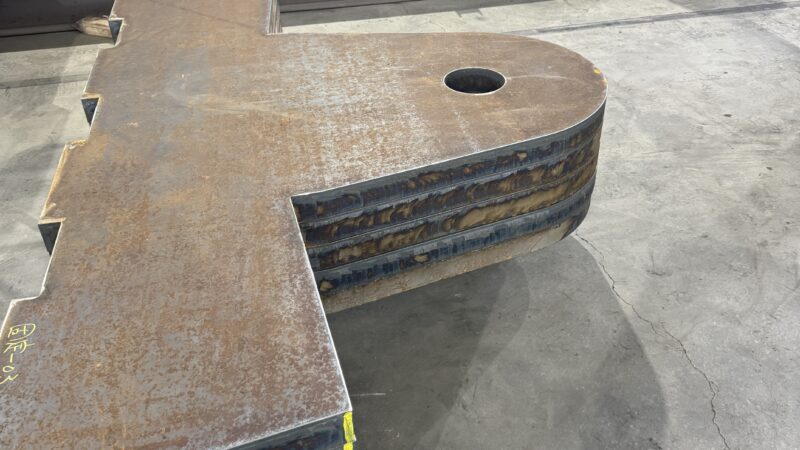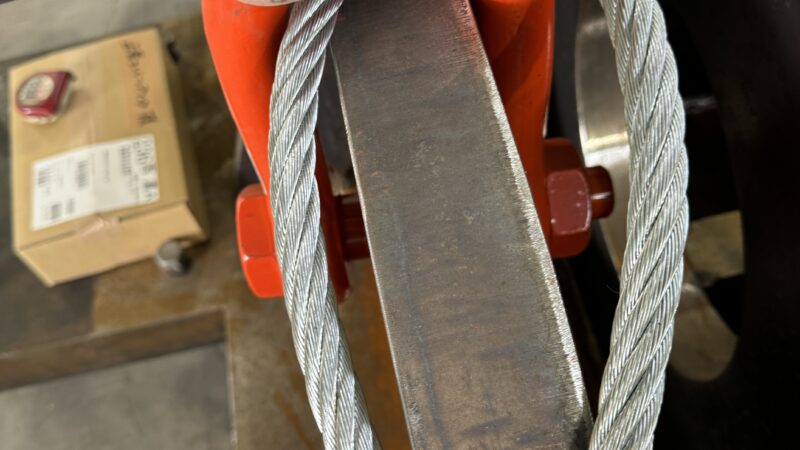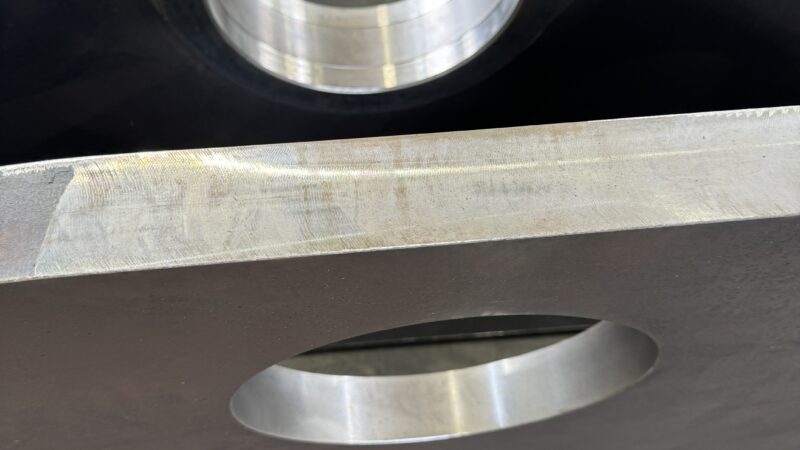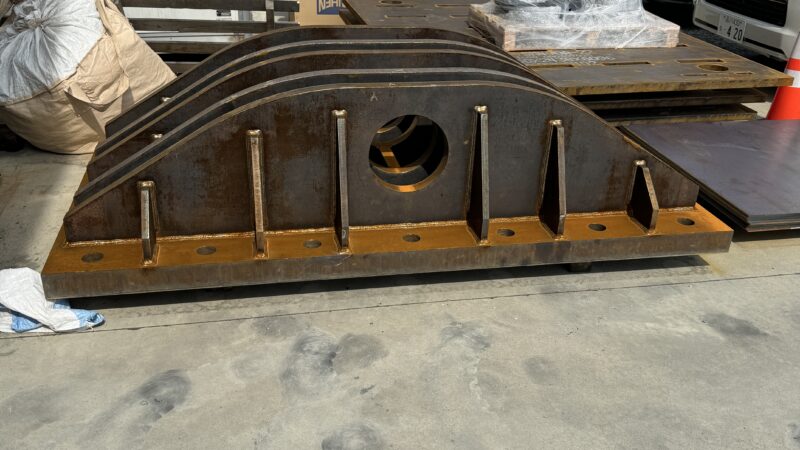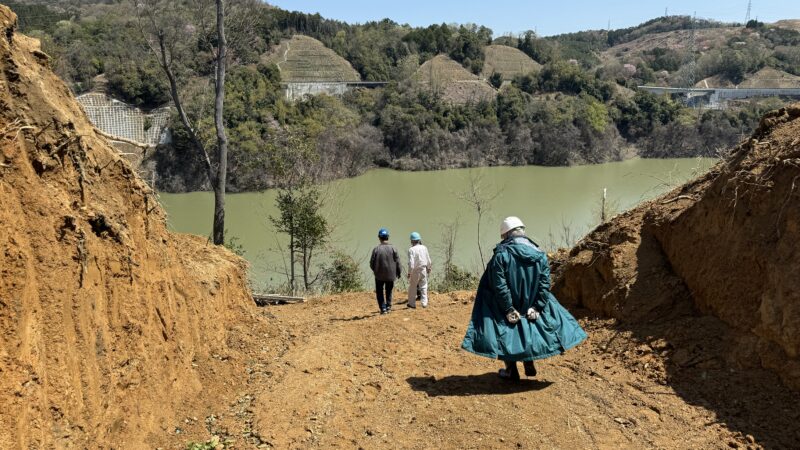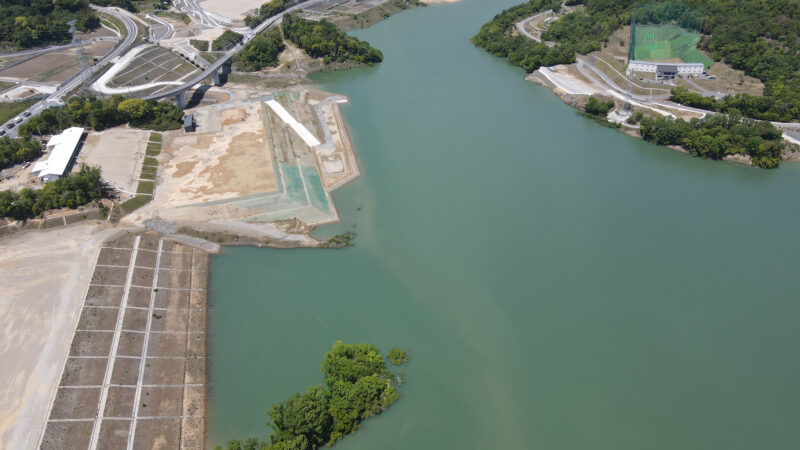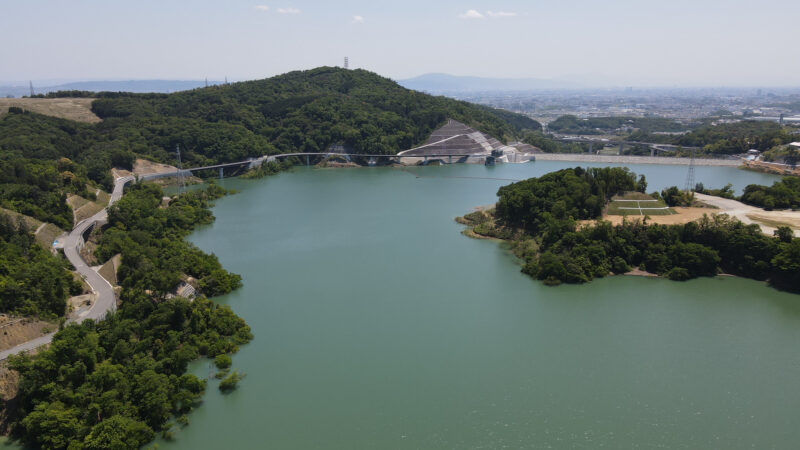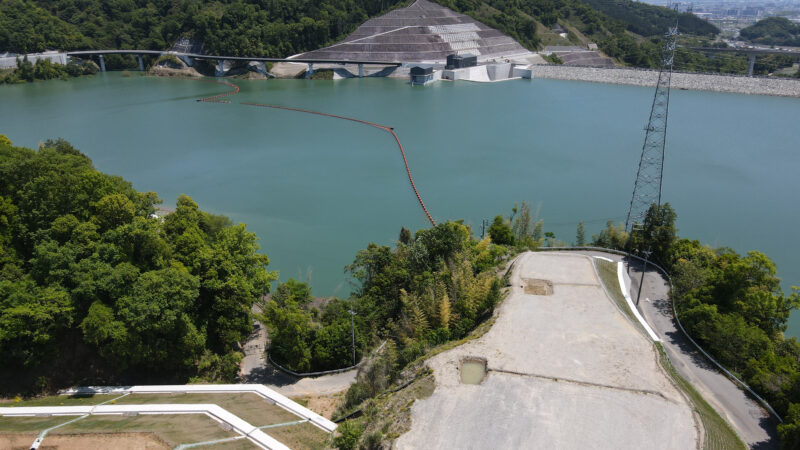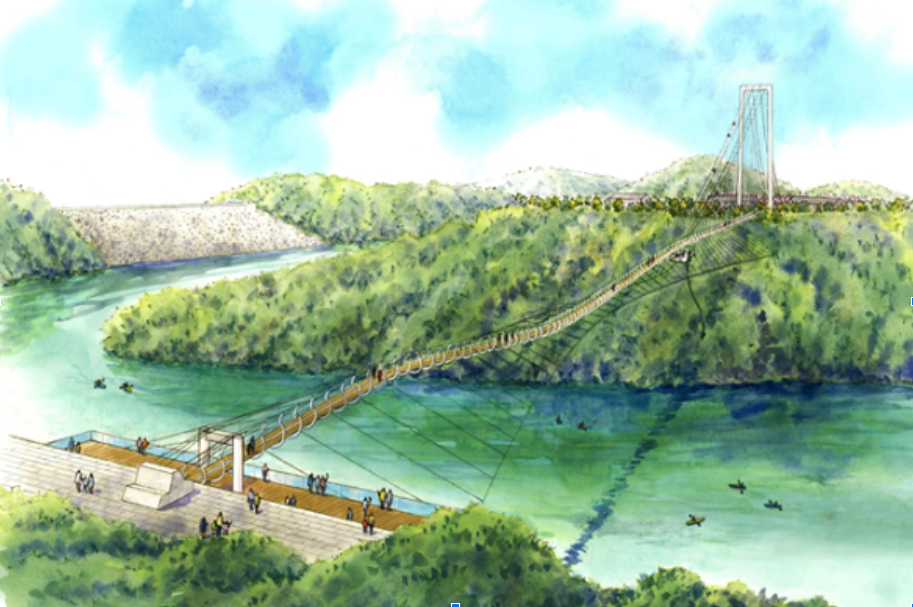GRAVITATE OSAKA OPENING SPRING 2025
The new project at Aigawa Dam, Gravitate Osaka, is now scheduled to be open to the public in Spring 2025.
Please visit the website or social media links below for more information.
We look forward to seeing you there!

AIGAWA PROJECT UPDATES – April 2024
Recent construction and materials photos
AIGAWA PROJECT UPDATES – MAY 2023
The dam at capacity and an overhead shot of the entire Aigawa dam and area!
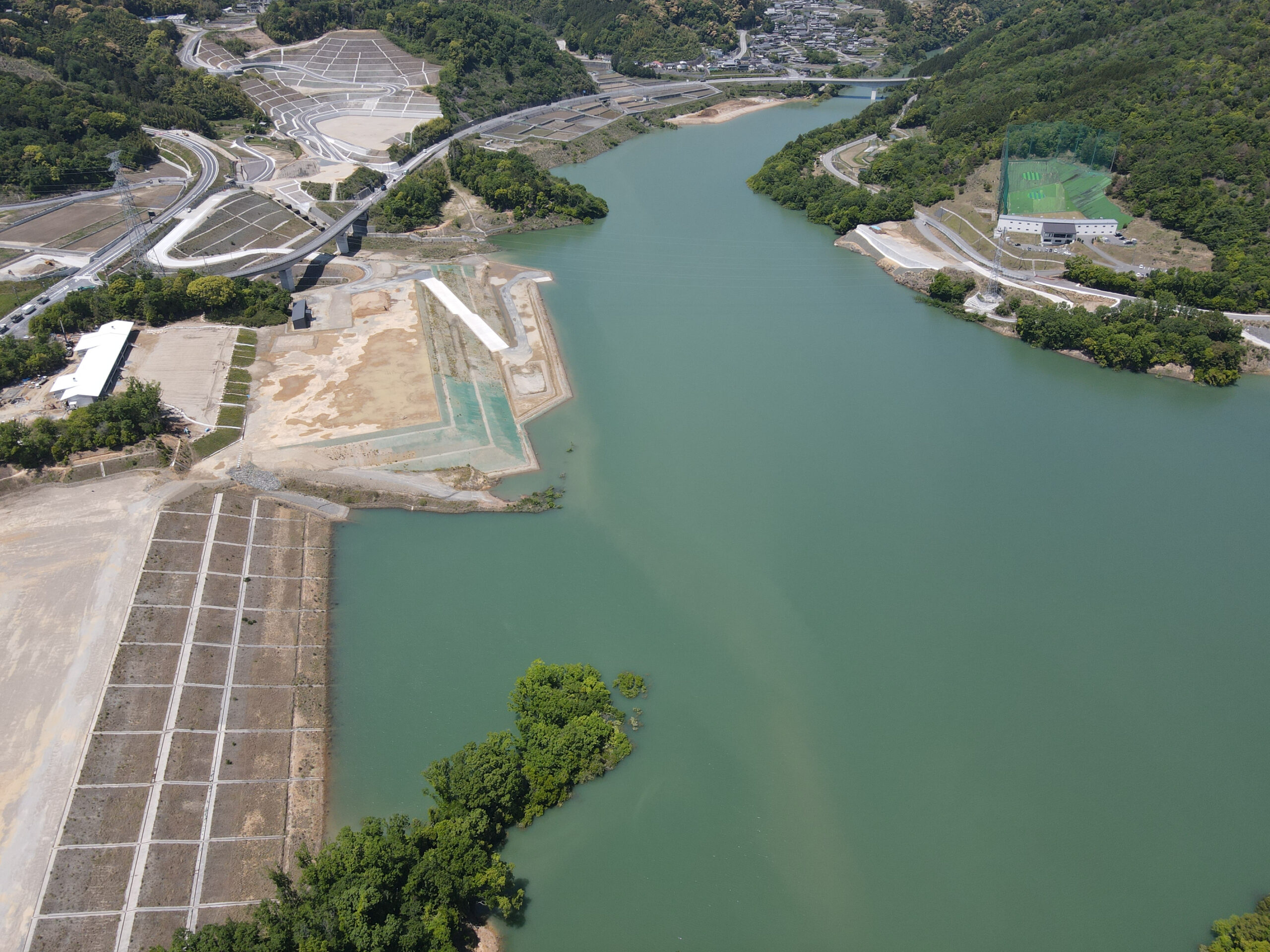

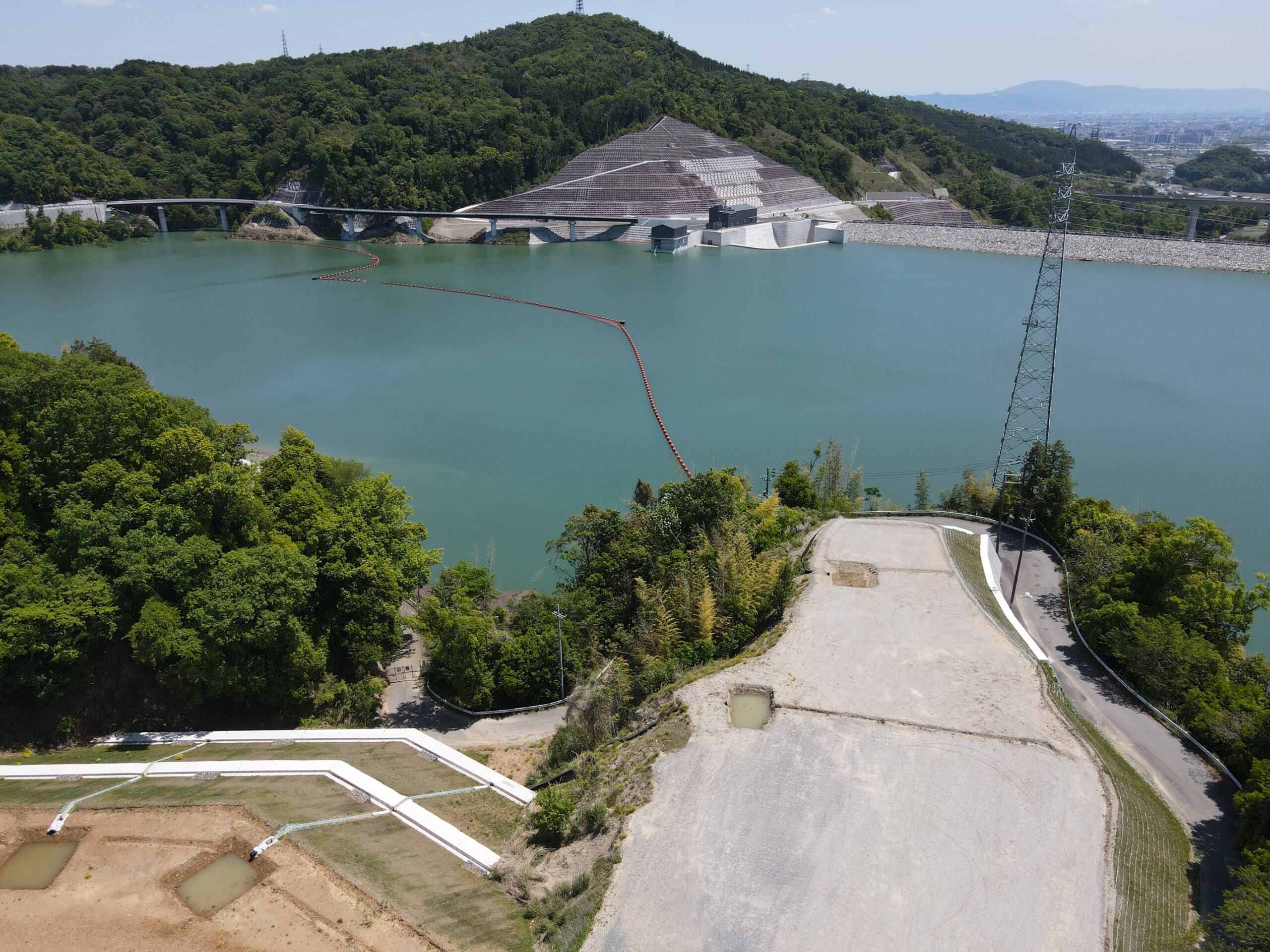

Project Details:
- Import and distribution of PPE for parks
- Park activity consulting
- Operation management
- Infrastructure design & build
- Maintenance
Clients:
Zokei Engineering, SE Amusement, FujiKyu, West West K.K, American Engineering Corp.
Staff: 6
CEO: David Scott
AIGAWA DAM PARK
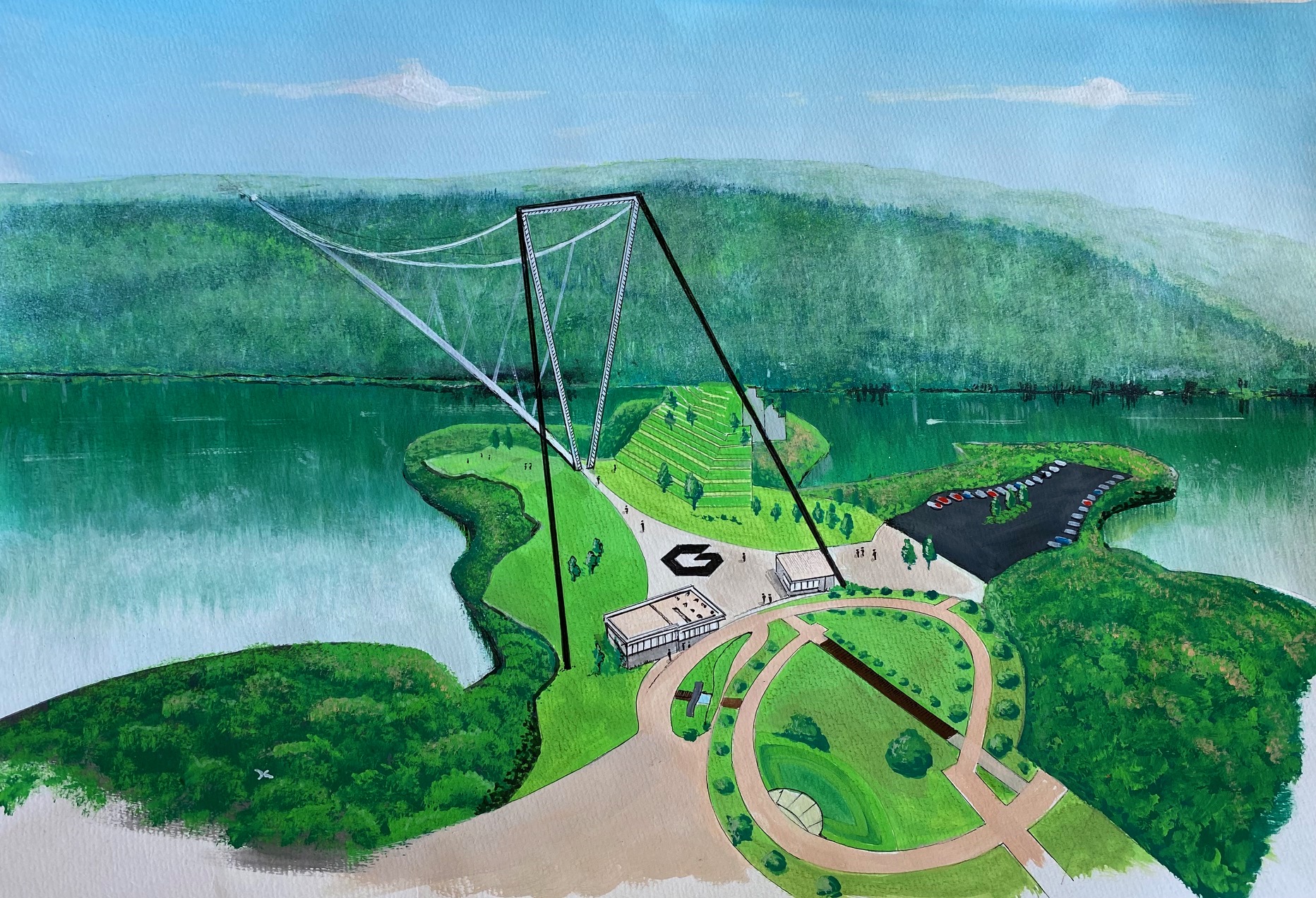
Project Summary
Aigawa Dam is a flood control dam currently under construction on the Aigawa River, a first-class river in Ibaraki City, Osaka Prefecture. It is scheduled for completion in 2022. Although the dam is located near a city, it has valuable natural resources such as mountain streams, satoyama, and terraced rice paddies. The city and Osaka Prefecture will work together to create an open space of water and greenery along the lake created by the dam.
Project concept: Integrating people, nature and fun
Basic Policy:
- Create a symbolic space for Hokusetsu by utilising local resources with the dam and dam lake as a base.
- Help preserve the surrounding environment with the effective use of local resources.
- Promote development of the area through collaboration between public and private sectors.
- Establish and operate an area management organisation to manage and operate park facilities.
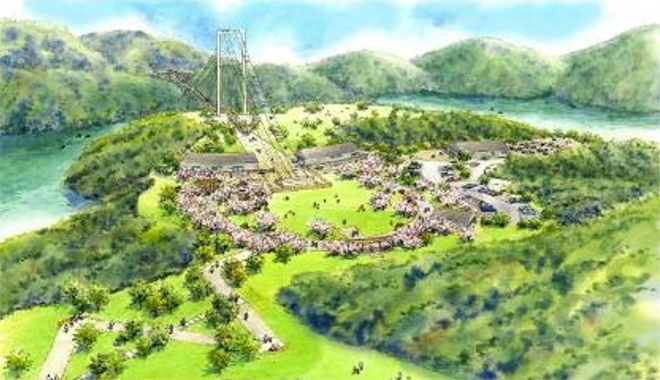
Gravity Park (GP) won a public bid to build a suspension bridge and run gravity activities on it. This will be the first suspension bridge over a dam to incorporate adventure activities. The suspension bridge is the centrepiece and will be the biggest attraction of the Aigawa Dam Park.
GP has a multi-decade lease agreement from the city and will invest in the construction of the longest pedestrian suspension bridge in Japan.
The approximately 10,000m² leased land will be used to build a suspension bridge, parking lot, family playground, hydrangea forest, hiking trails, foliage forest, offices, ticket office, café, stores, and corporate event space.
The adjoining land will be developed and managed by Daiwa Lease under an initial 20-year contract, with 550 parking spaces and a parking lot for tour buses, plus a building for community activities and a weekend market featuring local produce. E-DESIGN will be responsible for the production and promotion of community events.
Park Access
From Osaka
From Kyoto
-
5 mins drive from the New Meishin expressway exit
-
Day trip from Nagoya is also possible
Bridge
Name: Air Corridor (TBC)
Features
Length 460m
Will be the longest pedestrian suspension bridge in Japan.
Design
The design is unprecedented and it is expected to become a hot topic around the world. Incorporates universal design elements, is wheelchair accessible, and will be used by a wide range of people from the elderly to children.
View
On the left bank, an observation deck is planned in an area below the level of the suspension bridge, where the dynamic substructure of the suspension bridge and the view of the rock-fill dam can be seen.
From the centre of the suspension bridge, you can see the centre of Osaka. If the suspension bridge is decorated with lights, it will be visible from the centre of Osaka.
Function
The suspension bridge will help circulate visitors around the dam lake and provide a view of the urban landscape of Osaka City, visible over the dam embankment. Activities such as bungee jumping will be integrated into the suspension bridge experience.
Concept
As written on the “Basic Policy” (pg.3), we will create a space that will become a symbol of the Hokusetsu region by utilising the magnificent local resources of the dam and lake, and also preserve and utilise the beautiful natural environment.
Attraction
The installation of the suspension bridge will have an impact on leisure tourism in the Osaka area. By providing information to the media from the construction phase, we will raise awareness of the new AIGAWA DAM PARK at an early stage. We will also consider offering programs such as hiking tours through area management at the new park base facility.
Images


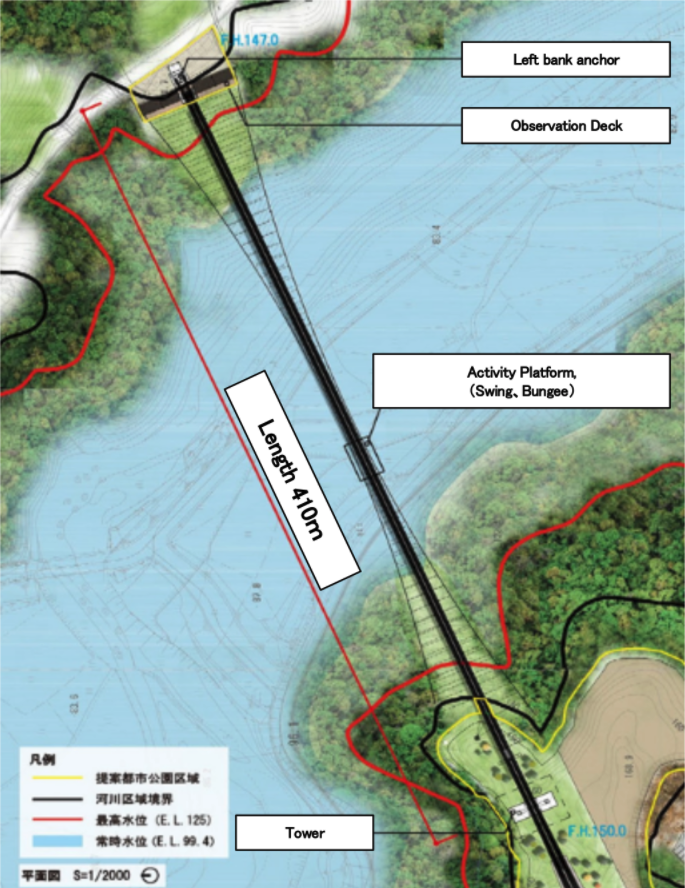
Activities
An activity platform will be set up near the centre of the bridge.
Activities include:
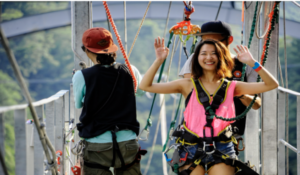
① Giant Swing: “Dam Swing” (TBC)
A giant swing where you hang from a 40-meter rope and fall. There is currently only one of these in Japan.
Second one in Japan!

② Bridge Walk: “Air Walk” (TBC)
Guests will walk on the main wire cables that make up the suspension bridge, wearing a safety belt. There are currently no examples of this type of installation in Japan, and would be the first of its kind in Japan.
First in Japan!
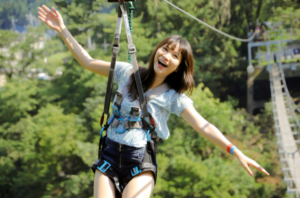
③ Bungee Jump: “Dam Bungee”
First jump of its kind in Japan where customers will watch bungee jumping from the main walkway of the bridge.
First in Japan!
Other Activities
- Gravity Park plan to seamlessly integrate the paid and free areas so that customers can choose which areas to visit.
- Customers can purchase tickets for the bridge and activities.
- The cafe and viewing decks and the merchandising store are open to the public. Experience shows that these areas will be very busy.
- The main parking (550 cars) and tour buses, the community hall, and the sakura park are all public space and free to enter.
- Community hall will be for events, workshops and a locals’ market.
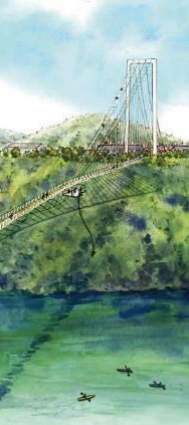
Market review of other suspension bridges

Mishima Sky Walk (Shizuoka)
Fee: 1,100 yen
Opened in December 2014.
Longest pedestrian bridge in Japan and has views of Mount Fuji.
1.6 million visitors in 12 months.
Estimated annual revenue: 1.76 billion yen.
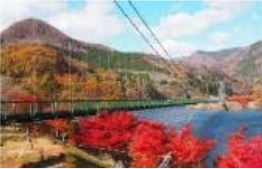
Momijidani Suspension Bridge (Tochigi)
Fee: 300 yen
Opened in 1999.
Average 80K visitors per year.
Estimated annual revenue: 240 million yen.
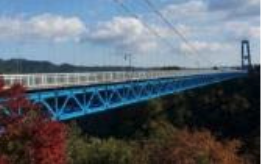
Ryujin Big Suspension Bridge (Ibaraki)
Fee: 320 yen
Opened in 1994
Once the longest pedestrian suspension bridge in Japan.
Offers bungee jumping.
Averages 85K visitors per year. Estimated annual revenue: 270 million yen
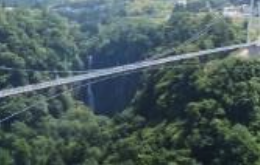
Kokonoe “Yume” Suspension Bridge
Fee: 500 yen
Opened in 2006
Number of visitors reached 1 million in 165 days and 4 million in 750 days.
730 million yen regional revitalisation project bond was paid off eight years ahead of schedule, within two years of the opening of the bridge.
Competitive Comparison
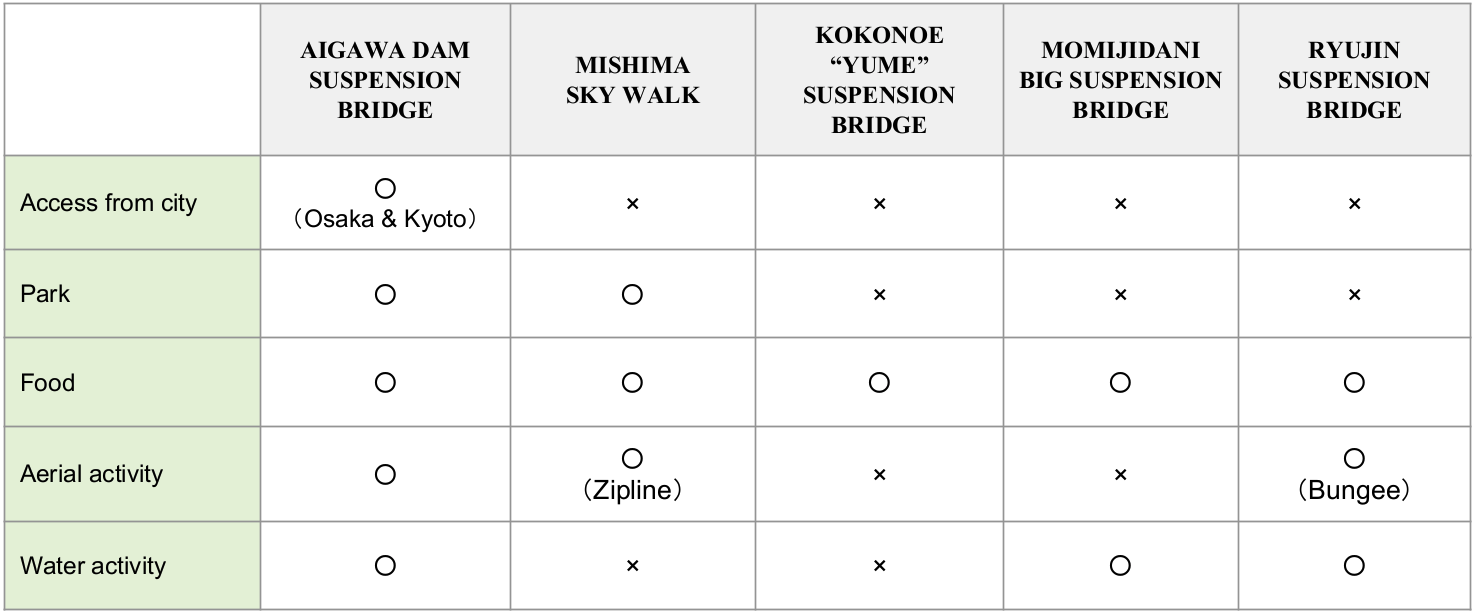
Japan’s longest suspension bridge is very popular in Japan, attracting a large number of visitors (1.6 million at the Mishima Skywalk and 800,000 at the Momijiya Suspension Bridge) even in areas with poor accessibility away from the Tokyo metropolitan area.
Aigawa Dam, which is easily accessible from the centre of Osaka, is expected to attract at least 1 million visitors. In addition, since aerial activities will be installed and opened sequentially as the suspension bridge opens, these are expected to continuously attract the attention of visitors. Experience shows that we will also be popular with the media and can expect more than 40 TV interviews in the opening year. We are also considering the installation of additional activities such as zipline(s), roller zip, etc.

Safety
Safety of the Bridge
The suspension bridge will be designed by a company specialising in suspension bridges, and will be strong enough to withstand unexpected natural disasters such as large typhoons and earthquakes, and will also incorporate elements of universal design to allow wheelchair access.
Safety of the Activities
The safety of all participants, visitors, and staff is the most important aspect of the park. Gravity Park adheres to strict safety standards on a daily basis. The equipment used is top of the line, designed to make activities fun and safe, and is regularly inspected by our staff. Our certified Activity Masters will ensure a safe and thrilling experience for everyone.
Safety Standards
Gravity Park’s safety standards and procedures are a fundamental element of all our activities. The equipment and manuals used are continually updated to comply with the latest international standards. Our bungee jumping operation complies with the international standard AS/NZS 5848:2000 and our zip line complies with ACCT. Gravity Park Management is also a member of the American Society for Testing and Materials (ASTM) and is working on new standards for bungee jumping.
Surrounding Facilities
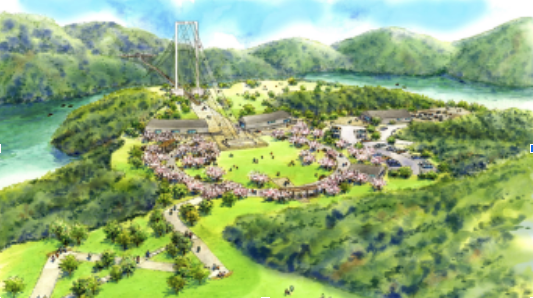
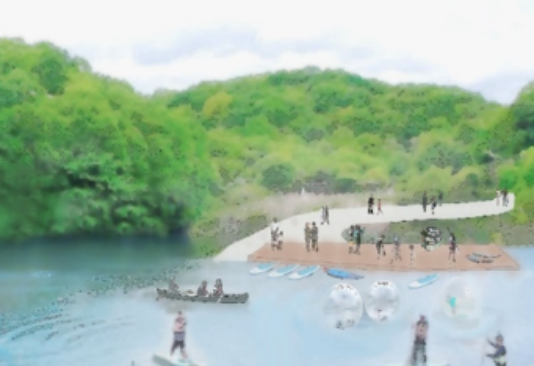
Aigawa Base
As the base facility for the park’s management functions, it has an office, rental room where local groups
can hold workshops and markets, and classrooms where groups can conduct classes and training.
Aigawa Event Space
A large space facing the Aigawa Dam is planned as a plaza where a pop-up markets can be held and locally grown agricultural products can be sold.
Sakura Park
Located on the south side of the dam, a lawn area with a view of the suspension bridge will be developed. By planting cherry trees surrounding the lawn, the park will be able to host cherry blossom events during in spring, and another for the autumn foliage season, allowing many visitors to enjoy the plantings.
Water Activities
The dam will be a friendly water area where guests can enjoy water activities such as SUP’ing (Stand up Paddle boards), canoeing, and kayaking. A board deck will be installed on the dam lake to facilitate water activities.
Cafe
The park will be a place of relaxation for park users, expected to mainly be local residents, and for events.
For the food and beverage menu, we will consider introducing menus with local tie-ups, such as “dam
curry,” which is already available in many varieties in Ibaraki City.
Shop
We will provide products to help create memories and promote the appeal of the northern area of Ibaraki
City.
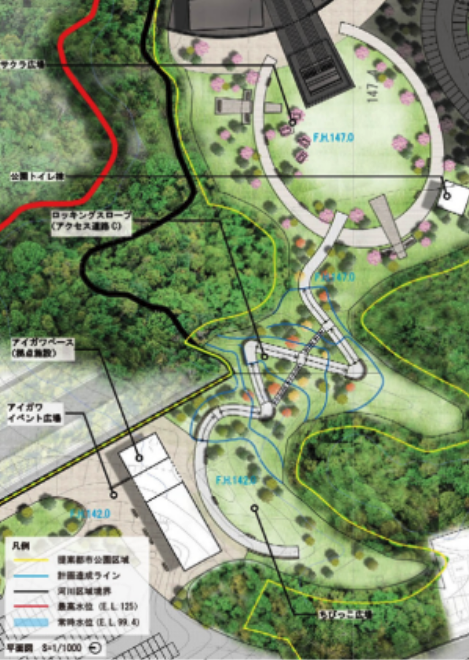
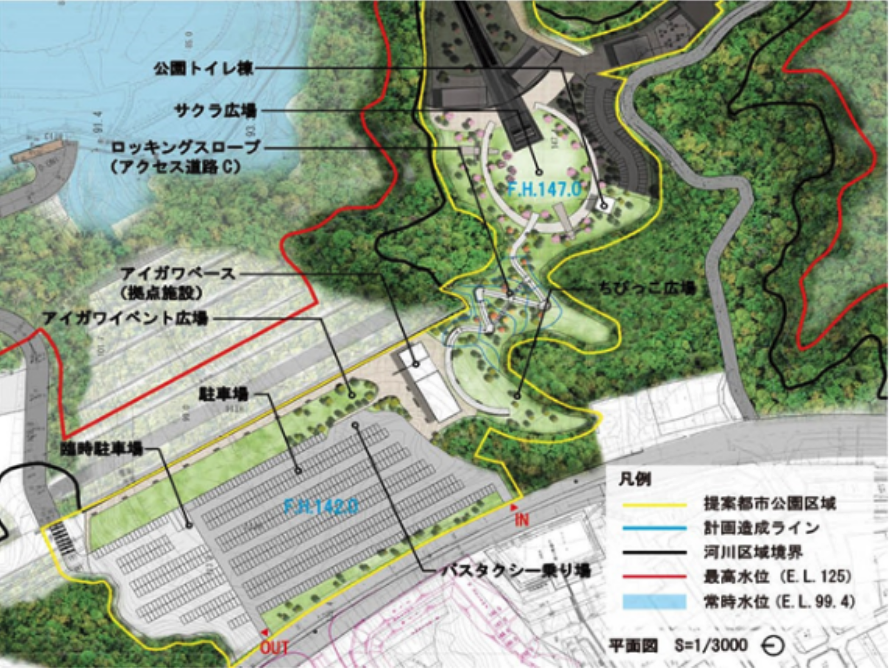
Public Interest
Promoting interaction and involvement
Taking advantage of its location between the northern area of Osaka and downtown, the park will promote interaction between people from both areas and increase opportunities for interaction between visitors and local residents.
Educational opportunities
We will provide opportunities for visitors to learn about nature, the environment, and disaster mitigation, through sports and recreational functions offered by the park while making use of the waterfront and forests.
Revitalisation of the local economy
In the future, we will provide opportunities for businesses and employment opportunities in the region through our facilities and expand sales channels for agricultural products.
Preservation and utilisation of natural environment
The existing nature trail will be used in conjunction with historical resources (Miyama waterway) and traditional cultural experience facilities (charcoal burning) along the route. With these existing resources, we will establish this area as a hiking route.
Suspension bridge lifespan
Since a portion of the revenue from the suspension bridge is used for area management and other public purposes, it is desirable to keep the bridge in existence for more than 20 years. Bridges have a long lifespan of 80 years, thus we can assume that the permit will be renewed at the end of the facility management contract.
Team
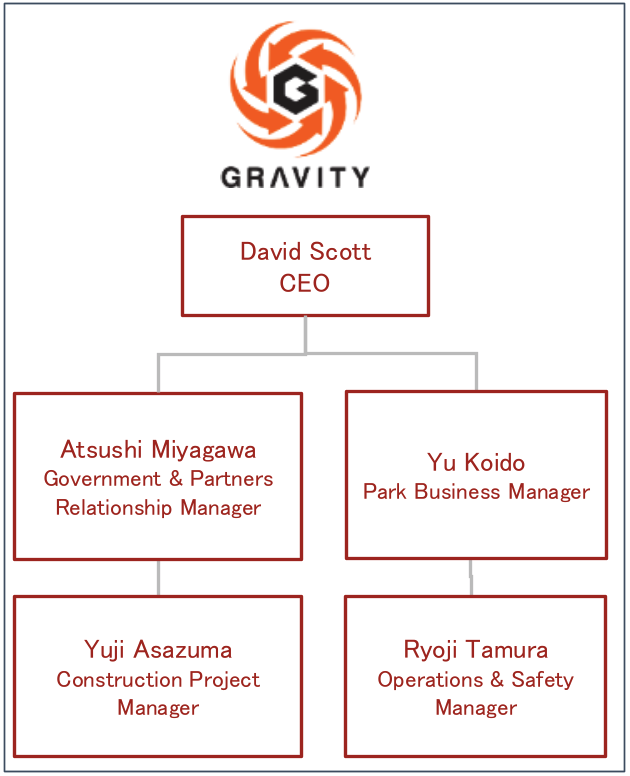
Members

David Scott, CEO
As the President of Global Capital3, the predecessor of Gravity Park Holdings, he has been providing consulting services for 14 years, mainly to company owners, including leadership training, business development consulting, and Arctic expedition consulting. He has extensive experience in developing bungee sites in Japan and China, analysing corporate operations, devising remedial measures, and serving asa media relations manager. He is also the Japanese representative to the International ASTM Committee*, which sets international standards for bungee jumping operations.
He has produced the Warrior Dash obstacle race (adventure running), which has attracted 10,000 people. He also holds the record of being the only New Zealander and the youngest person to complete a return to the North Pole on skis without support. For the joint expedition between Japan and New Zealand, he raised $600,000 in sponsorship from Japanese companies and organised a support team of over 40 people.
* ASTM: American Society for Testing and Materials
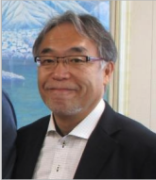
Atsushi Miyagawa, Government & Partners Relationship Manager
Has developed and provided many organisational/human resource development programs that utilise experiential learning techniques to many companies for more than 25 years. He is a consultant who works with clients to develop programs together, and facilitates team development for top management teams. His clients include foreign IT companies, foreign insurance companies, and foreign-affiliated companies. In 1997, he joined the Polar Free Corps with David Scott, as the company’s president, and became the first Japanese to participate in the Arctic Circle and the first Japanese to reach the North Pole
on foot without supplies.

Yu Koido, Park Business Manager
With over 10 years of experience in aerial activity operations, he is currently the Jumpmaster and Operations Manager at Gravity Park Chichibu. He has operated bungee facilities all over Japan without any accidents. As a public relations manager, he works with the city of Chichibu on press releases, TV coverage, local events, SEO optimisation of the website, sponsorship with travel agencies, SNS marketing, and development of the park’s own reservation management system. He is also a member of the ASTM Committee on International Standards, and is working on the design for Chichibu’s facilities and operations manual.
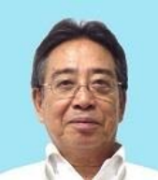
Yoshiharu Omata, Advisor
Worked at a newspaper as a reporter in charge of industry, Keidanren and MITI. After serving as an editorial board member in charge of economics, he retired.
Managing Director of Tokyo Tower, Managing Director of Mother Bokujo, Past President of Rotary Club of Tokyo Takanawa, Public Relations Committee, Chair of Rotary Club District 2750, and currently serves as Special Advisor to the Economic Research Institute and President of the Japan Drone Council.

Yuji Asazuma, Construction Project Manager
Returned to Japan after living abroad for 8 years. After returning to Japan, he founded a company with a friend and worked on the launch of dozens of restaurants. Went abroad again. Worked in the travel industry, and became the acting senior manager in charge of all departments at a major travel company, and was in charge of launching new businesses. Later, he used his experience to establish a consulting company. Later, he was in charge of a beer import company, as consultant and head of sales, he succeeded in building business with large governmental organisations such as JRA and the U.S. military. He has been a member of Global Capital 3 Corporation since 2020. He was in charge of the Fujiyama Tower and Fujiyama Walk projects at Fujikyu Highland.
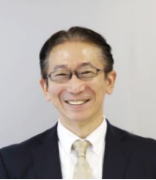
Takatoshi Takahashi, Advisor
A tax accountant with about 30 years of experience at major accounting firms. He is also well versed in international accounting,
taxation and outsourcing. In 2002, he established an accounting firm, Roots Business Support Co. He supports domestic and international clients with an integrated approach to tax, payroll, social insurance, legal and accounting. In 2020, following its acquisition by Vistra, he was appointed Country Managing Director of Vistra Japan.
He holds a B.A. in Economics from Keio University.

